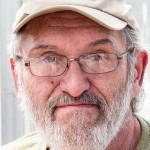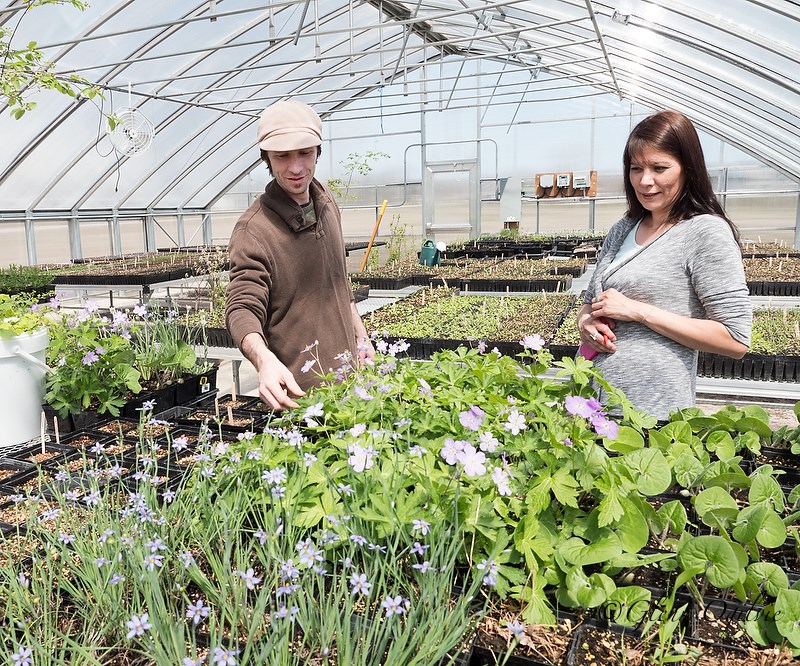Pam Wright
A project to enhance and restore the plants and trees that historically grew in Sarnia-Lambton is underway in a new greenhouse at the Aamjiwnaang First Nation.
The joint venture between the band’s Environment Department and Return the Landscape will result in the sale of plant native to the Carolinian zone of southwestern Ontario.
Kyle Williams, the operation’s greenhouse technician, said he’s been playing in Aamjiwnaang’s woods and collecting seeds from its wild spaces since he was a boy.

“I like to see the restoration side of this,” Williams said. “I like planting the seeds, potting everything and watching it grow.”
Williams said the new greenhouse adjacent the community centre at 1972 Virgil Ave. is a place where people can share and learn about restoring local lands to their natural state.
Plants under cultivation include wild ginger, goldenrod, wild bergamot, boneset and Joe Pye weed. Some are grown from seed and others started from roots, cuttings and bulbs.
In addition to restoring the ecosystem, the use of plants in traditional medicine is also part of the project, and workshops are planned on the subject.
“Drugs came from plants,” said Larry Cornelis, of Return the Landscape. “Aspirin came from willows and the apothecaries sold essential oil and herbs.”

About 70% of Aamjiwnaang is still covered in forest compared to about 9% of the rest of Sarnia-Lambton, which is “incredibly impressive,” he said.
The World Wildlife Fund recently reported half the world’s forests have been lost in past 40 years, Cornelis added.
“It’s pretty unique here.”
Return the Landscape’s Shawn McKnight said ordinary people can do their part to offset habitat lost to industrialization and harmful agriculture practices by replacing non-native with indigenous plants to help birds, bees and other pollinators.
Planting native trees and butterfly gardens are other great ways to help species-at-risk, he said.
The Aamjiwnaang project and greenhouse is the first of its kind in the region, said Jill Joseph, business development officer with the Tecumseh Community Development Corporation.
A kick-off Earth Day event held last weekend featured public tours, vendors and food booths. The greenhouse is open Monday to Friday, 9 a.m. to 3 p.m.
“We hope the public will come and visit,” Joseph said.
